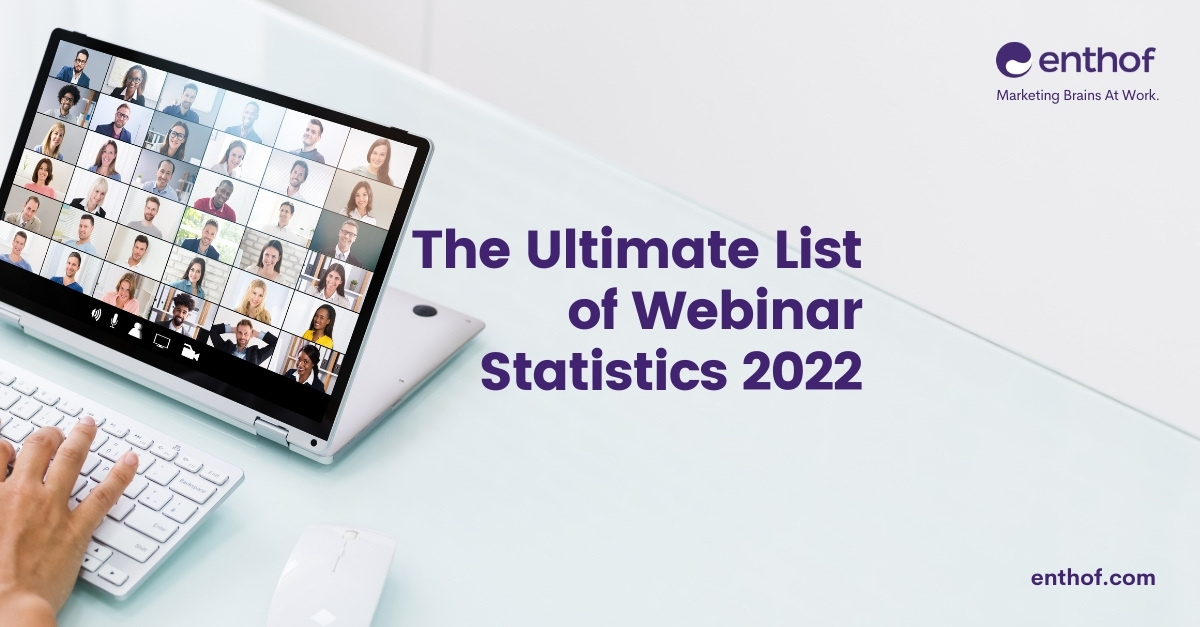Primary and Secondary Market Research are the two types of market research that your company might do. Let’s look at the differences.
Primary Market Research:
This information is gathered from genuine sources, such as customers. You have complete control over the collection and processing of this type of data when your company generates it. The most significant advantage is that your organization owns it and is not required to share it with others. The disadvantage is that, depending on the methods you use, collecting data might be costly or time-consuming.
Secondary Market Research:
This information is gathered and made available to the public by other sources. You may, for example, get secondary data from a federal database or a newspaper article. The major advantage is that you don’t have to devote time or resources in collecting data because someone else does it for you. The biggest disadvantage of this type of data is that it is public.
The following are the two types of data that are gathered during both types of Market Research:
- Qualitative Data: You can compare examples of this type of data to get a sense of how your audience feels about a particular topic. Qualitative data might helps you figure out why your target market favours specific products or takes specific decisions.
- Quantitative Data: This type of information, which usually focuses on numbers and statistics, can be measured. You can use quantitative data to calculate percentages and statistics.



